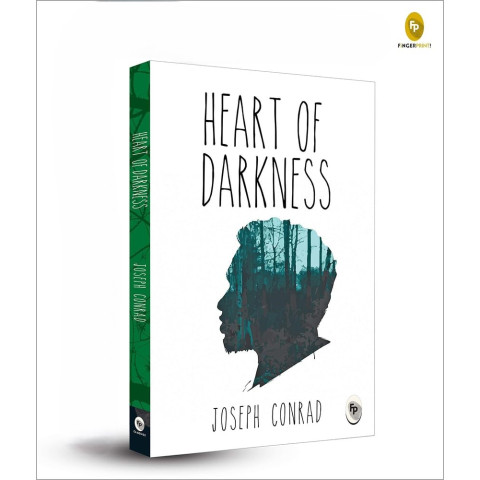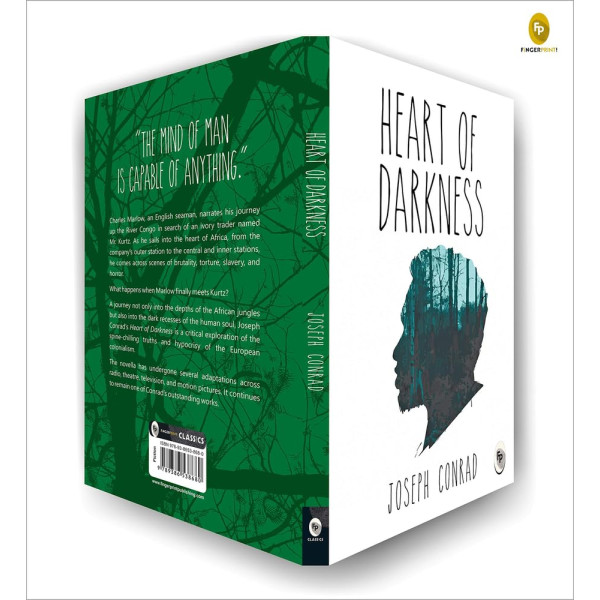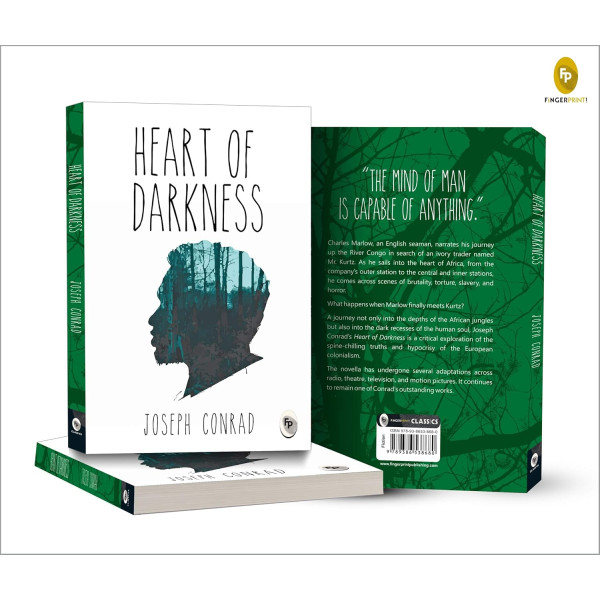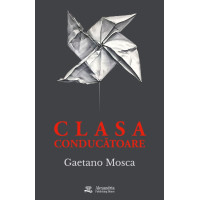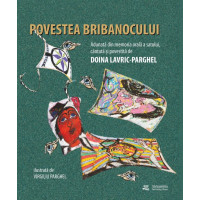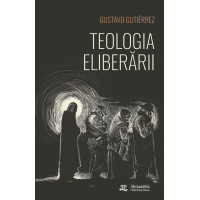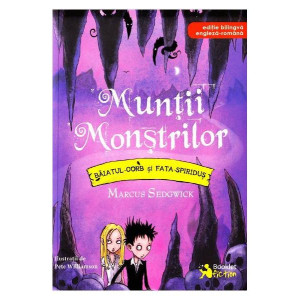Heart of Darkness, novella by Joseph Conrad that was first published in 1899 in Blackwood’s Edinburgh Magazine and then in Conrad’s Youth: and Two Other Stories (1902). Heart of Darkness examines the horrors of Western colonialism, depicting it as a phenomenon that tarnishes not only the lands and peoples it exploits but also those in the West who advance it. Although garnering an initially lacklustre reception, Conrad’s semiautobiographical tale has gone on to become one of the most widely analyzed works of English literature. Critics have not always treated Heart of Darkness favourably, rebuking its dehumanizing representation of colonized peoples and its dismissive treatment of women. Nonetheless, Heart of Darkness has endured, and today it stands as a Modernist masterpiece directly engaged with postcolonial realities.
Heart of Darkness tells a story within a story. The novella begins with a group of passengers aboard a boat floating on the River Thames. One of them, Charlie Marlow, relates to his fellow seafarers an experience of his that took place on another river altogether—the Congo River in Africa. Marlow’s story begins in what he calls the “sepulchral city,” somewhere in Europe. There “the Company”—an unnamed organization running a colonial enterprise in the Belgian Congo—appoints him captain of a river steamer. He sets out for Africa optimistic of what he will find.
But his expectations are quickly soured. From the moment he arrives, he is exposed to the evil of imperialism, witnessing the violence it inflicts upon the African people it exploits. As he proceeds, he begins to hear tell of a man named Kurtz—a colonial agent who is supposedly unmatched in his ability to procure ivory from the continent’s interior. According to rumour Kurtz has fallen ill (and perhaps mad as well), thereby jeopardizing the Company’s entire venture in the Congo.
Marlow is given command of his steamer and a crew of Europeans and Africans to man it, the latter of whom Conrad shamelessly stereotypes as “cannibals.” As he penetrates deeper into the jungle, it becomes clear that his surroundings are impacting him psychologically: his journey is not only into a geographical “heart of darkness” but into his own psychic interior—and perhaps into the darkened psychic interior of Western civilization as well.
After encountering many obstacles along the way, Marlow’s steamer finally makes it to Kurtz. Kurtz has taken command over a tribe of natives who he now employs to conduct raids on the surrounding regions. The man is clearly ill, physically and psychologically. Marlow has to threaten him to go along with them, so intent is Kurtz on executing his “immense plans.” As the steamer turns back the way it came, Marlow’s crew fires upon the group of indigenous people previously under Kurtz’s sway, which includes a queen-figure described by Conrad with much eroticism and as exoticism.
Kurtz dies on the journey back up the river but not before revealing to Marlow the terrifying glimpse of human evil he’d been exposed to. “The horror! The horror!” he tells Marlow before dying. Marlow almost dies as well, but he makes it back to the sepulchral city to recuperate. He is disdainful of the petty tribulations of Western civilization that seem to occupy everyone around him. As he heals, he is visited by various characters from Kurtz’s former life—the life he led before finding the dark interior of himself in Africa.
A year after his return to Europe, Marlow pays Kurtz’s partner a visit. She is represented—as several of Heart of Darkness’s female characters are—as naively sheltered from the awfulness of the world, a state that Marlow hopes to preserve. When she asks about Kurtz’s final words, Marlow lies: “your name,” he tells her. Marlow’s story ends there. Heart of Darkness itself ends as the narrator, one of Marlow’s audience, sees a mass of brooding clouds gathering on the horizon—what seems to him to be “heart of an immense darkness.”
